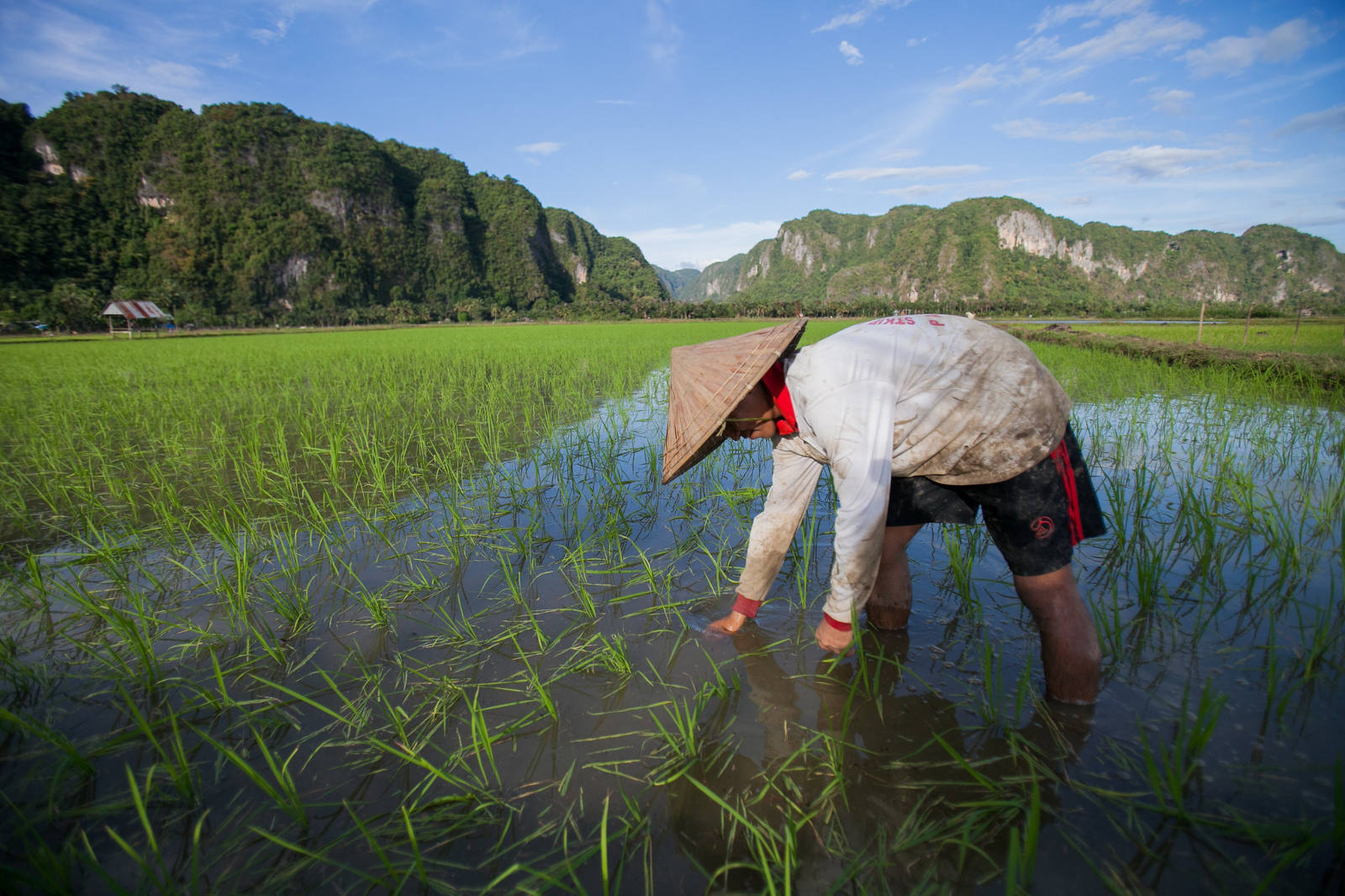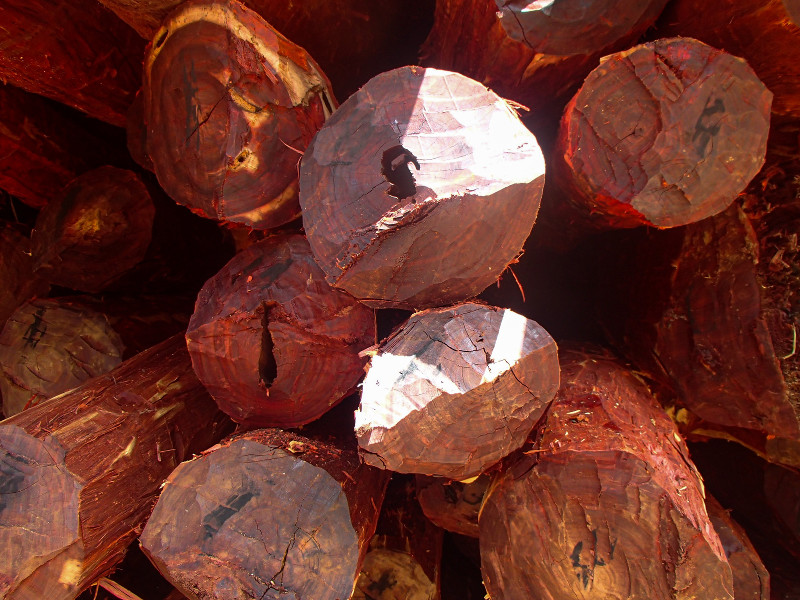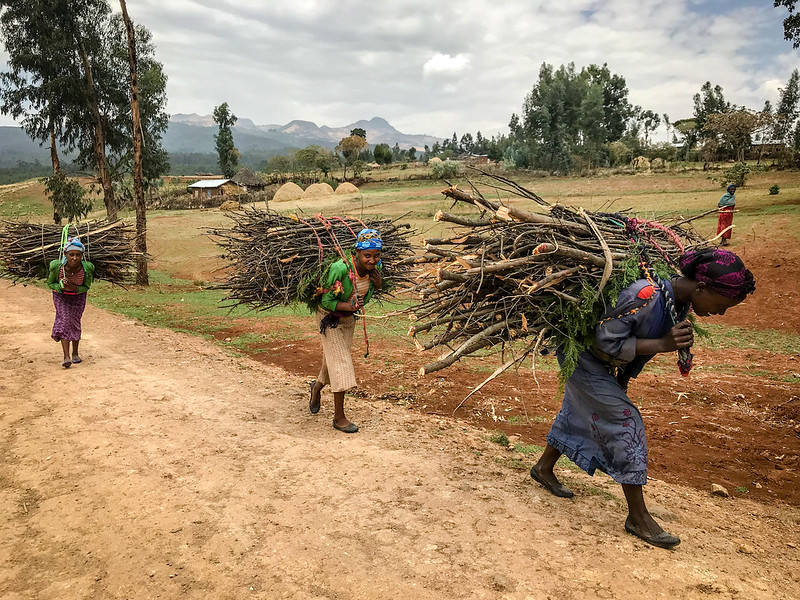Intercropping (IC) can reduce nitrogen fertilizer requirements, supress weeds, and improve crop yields and yield stability. Three field trials were conducted in Denmark in 2018 with intercropping and sole crops (SC) using spring wheat, barley, faba bean and field pea to compare productivity under five fertilizer levels. The trials were carried out using in a split-plot design with four. Anomalous weather during the 2018 cropping season created drought conditions and high temperatures above 31°C. No effect of fertilizer treatment was found, and total dry matter and grain yields were supressed in all systems. Wheat grain yields averaged 2.14 t ha−1 across systems, ranging from 1.58 t ha−1 as a component of the IC to 2.44 t ha−1 as SC, and barley grain yields averaged 2.35 t ha−1. Faba bean yielded 1.78 t ha−1 as SC, but failed in the IC. Pea failed in both systems. Intercropping barley with cover crops had no effect on grain yield or total dry matter. These results suggest that intercropping provided no production advantage during a drought and illuminate the need to continue conducting research and breeding on drought-resistant cultivars.
Download:
DOI:
https://doi.org/10.1080/09064710.2021.1936621
Altmetric score:
Dimensions Citation Count:

























